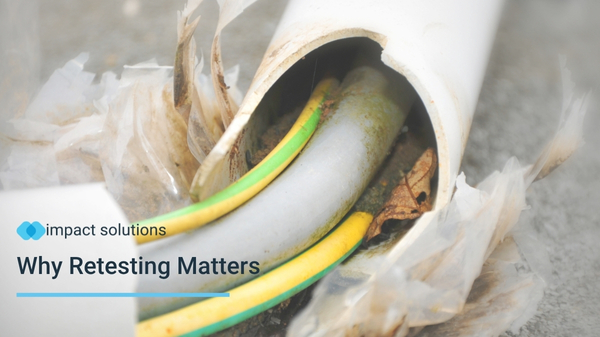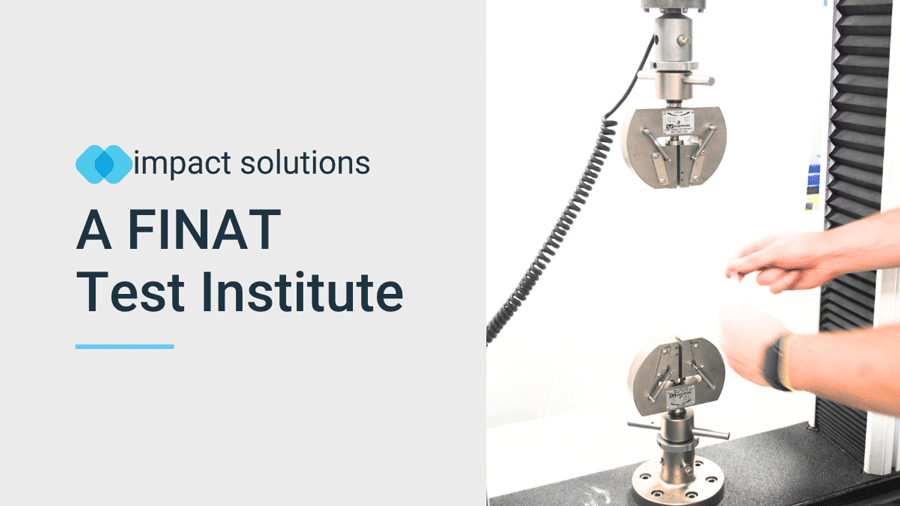Ignition Materials Loss
Ignition materials loss or ignitability is the process in which a material or its compounds can be ignited under given conditions such as temperature, pressure, oxygen concentration. Almost any material can be ignited by enough heat and under the appropriate environment. Ignition material loss tests, particularly in plastics, are crucial because the level of inorganics (ash content) can be assessed very simple and relatively fast. It is one of the basic tests used in the plastic recycling industry in order to characterise their feedstock.

The most important tests for ignitability are through heat caused by:
i) electric heat sources – radiation and heated air
ii) by hot surfaces and hot wires
iii) by burner flames
Ignitability tests with heat sources are the most precisely controlled and regulated tests. The supplied energy is either air heated to a certain temperature or heat radiation fluxes at specified levels.
One of the most popular test methods developed to determine the inorganic content of plastics by ignition is presented in ASTM D5630. A plastic sample with known mass is placed in a muffle surface for pyrolysis for a given time. The difference in weight, before and after the heating process, over the initial mass reveals the percentage of the inorganics in the plastics.




